I recently returned from a week-long test of my physical abilities and mental fortitude – an entirely voluntary, week-long bike ride through the mountains along the Blue Ridge Parkway to raise money for hemophagocytic lymphohistiocytosis (HLH) research.
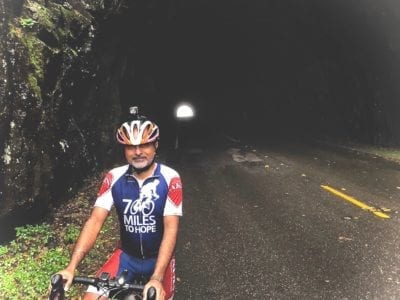
This particular bike ride has taken many forms since Justin Akin rode from Amarillo Texas to Chicago Illinois in 2011. He made that first ride to honor his sons Matthew and Andrew who died from HLH, the condition that, in simple terms, causes a child’s own immune system to destroy healthy cells in the body. In the years since, it’s become a time for many people to honor, celebrate and remember their loved ones, and raise money to accelerate research that allows us to better understand the complexities of HLH and how to treat it.
I’ve participated in the ride every year since 2014. I spend the days pedaling and reflecting upon both the responsibility and privilege I have to help families whose children have been diagnosed with HLH. It’s an important week for me every year. But this year’s ride challenged me in new ways and gave me new perspective.
The Challenge of the 2018 Ride
Through the years the route and riders have changed, but the mission to bring awareness and raise money to fight this deadly condition has been the same.
After several years of a seven day, 700 mile ride from Natchez Mississippi to Cincinnati we decided it was time for a new challenge.
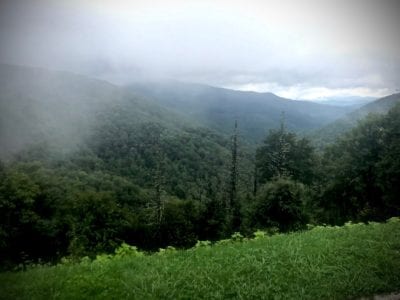 This year’s route took us 500 miles along the Blue Ridge Parkway from Virginia to North Carolina. It was a route I knew would be tough because of the mountainous terrain, but I really had no idea just what a challenge it would be until we started off on the first day.
This year’s route took us 500 miles along the Blue Ridge Parkway from Virginia to North Carolina. It was a route I knew would be tough because of the mountainous terrain, but I really had no idea just what a challenge it would be until we started off on the first day.
To put the difficulty of this year’s ride into perspective, on most days of the Natchez to Cincinnati route we would climb around 2,000 feet and topped out at 6,000 feet. This year’s route averaged 10,000 feet of climbs every day.
The days of constant climbing became a metaphorical comparison to the seemingly endless uphill climb my patients and their families face with HLH. I encourage them every day to keep going and I found those same words were helpful as I had to encourage myself to keep pedaling.
One Day at A Time
I remember one extremely tough moment during this year’s ride that made me think of our HLH families. It was the first day of the ride, I was cold, wet from the rain, and alone in the middle of a 12-mile climb with no cell service. I wasn’t sure I could make it. But what choice did I have?
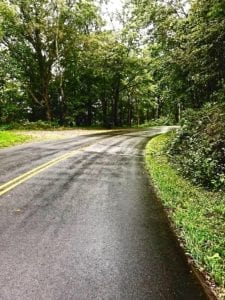 I thought about our families. We tell them to fight HLH you have to take it one day at a time. For me in that situation on the mountain my goal was take it one pedal stroke at a time.
I thought about our families. We tell them to fight HLH you have to take it one day at a time. For me in that situation on the mountain my goal was take it one pedal stroke at a time.
I didn’t know how big the mountain was and every time I thought I was getting to the summit another hill would appear. The ride was challenging both mentally and physically, but I knew if I took it one pedal stroke at a time I could eventually get to the top. Our patients and their families show us all the time that with strength, courage and one step at a time, people can overcome great challenges.
After five grueling days of riding we accomplished our goal. There was no fanfare like we had in previous years when we finished at Cincinnati Children’s, but there was an immense sense of accomplishment that we had taken on a great challenge and completed it. We also raised more than $100,000 for HLH research.
Hope for HLH Patients
Our knowledge of how to diagnose and recognize HLH remains the biggest challenge when treating this condition. We have made great strides thanks to the collaboration of doctors from around the country and there is hope for HLH families.
A new drug called Gamifant® (emapalumab) just received FDA approval and it has shown promise in HLH patients involved in a clinical trial of the medication. The drug is not a cure for HLH, but it is considered the first significant improvement in HLH induction therapy, or the initial treatment that brings the disease under control, in 24 years.
The money we raise for the HLH Center of Excellence during the ride each year helps fund research and discovery exactly like this.
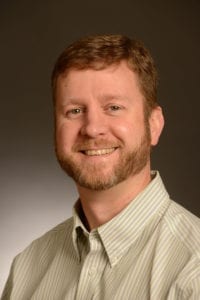
My colleague Michael Jordan, MD of our Division of Bone Marrow Transplantation and Immune Deficiency was the lead investigator of the clinical trial. He said, “Gamifant represents an entirely new approach to treating primary HLH and helping these very sick patients reach hematopoietic stem cell transplant.”
Gamifant is used to treatpatients with primary HLH resistant, recurrent or progressive disease or intolerance to conventional HLH therapy. In clinical trials 63 percent of patients experienced a response to the drug and 70 percent were able to proceed to stem cell transplant.
What’s Next
With the approval of Gamifant we have a new tool in our toolbox to help HLH patients. It’s an exciting development and an important outcome of years of research. New discoveries are always in progress and I am proud to help raise money to support them.
We do not yet know what form the ride will take for 2019, but if there is a ride, I will be there. And if we have days of mountains to climb again, I will keep going, one pedal stroke and one day at a time.



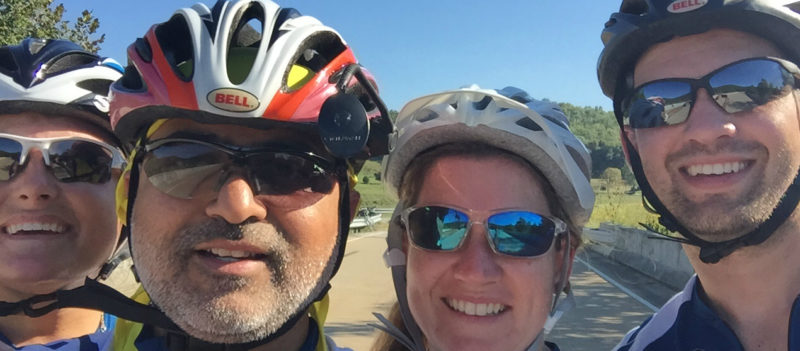
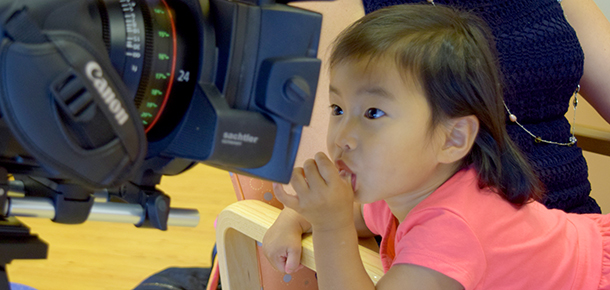
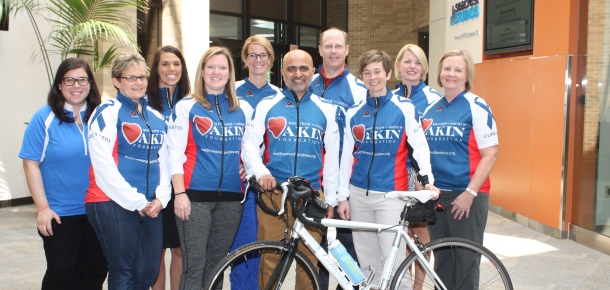
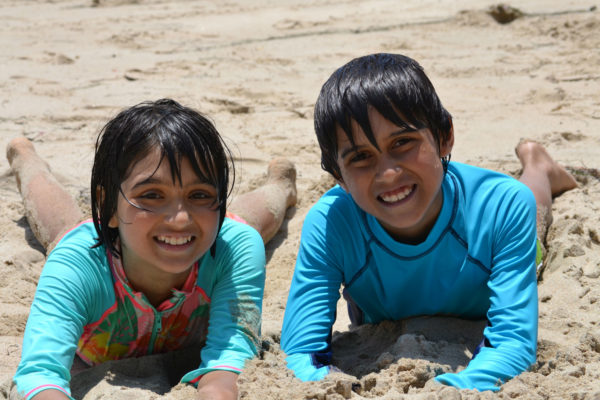
Inspiring and scary at the same time! If there is a ride in 2019, I plan on attempting it for a friend of mine.